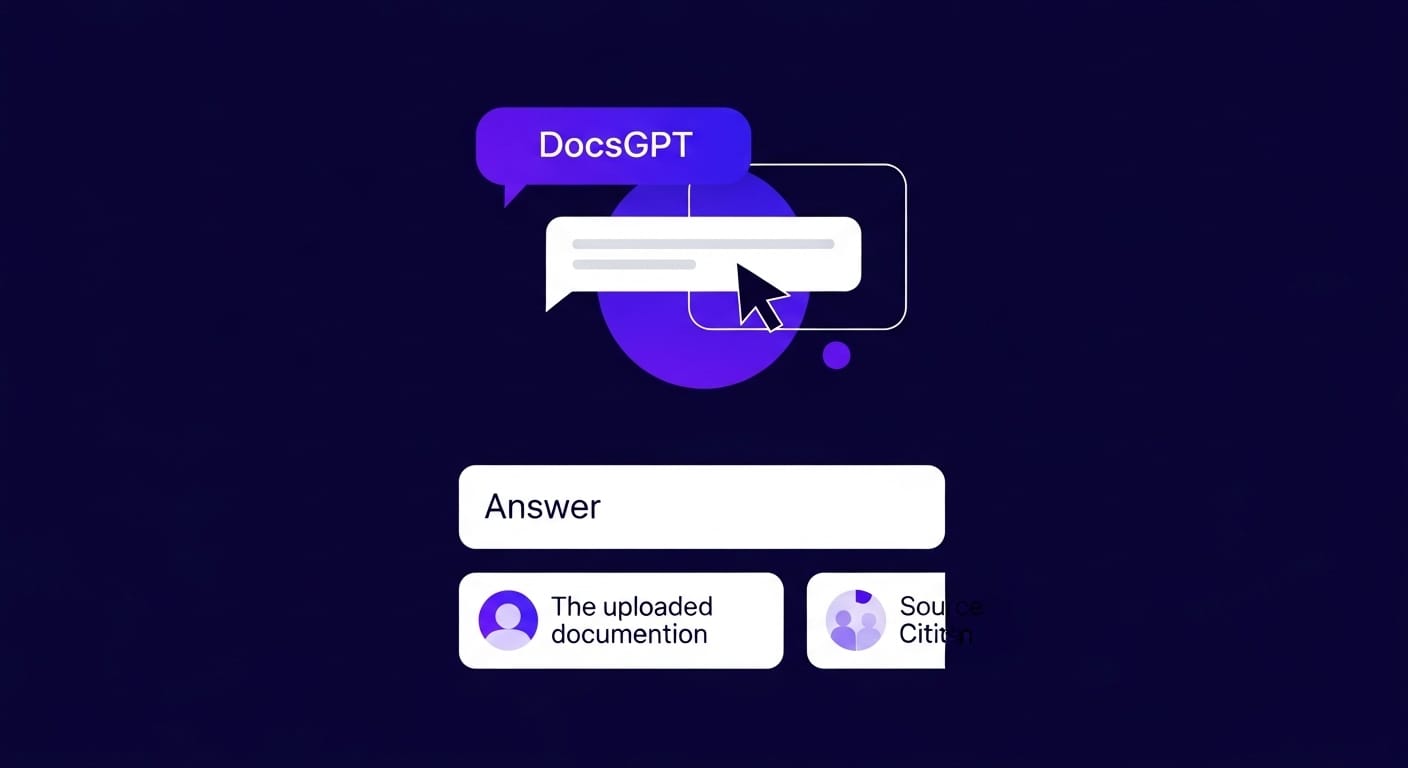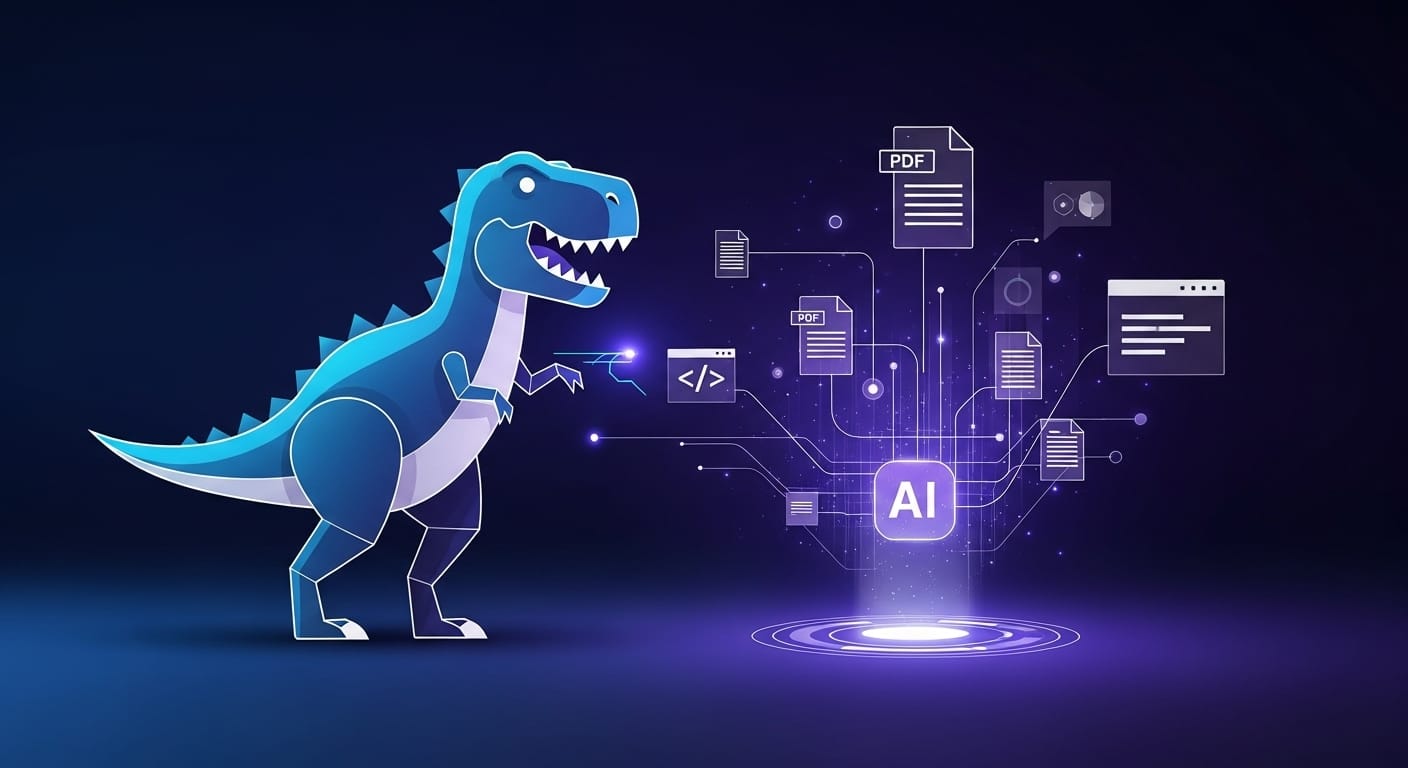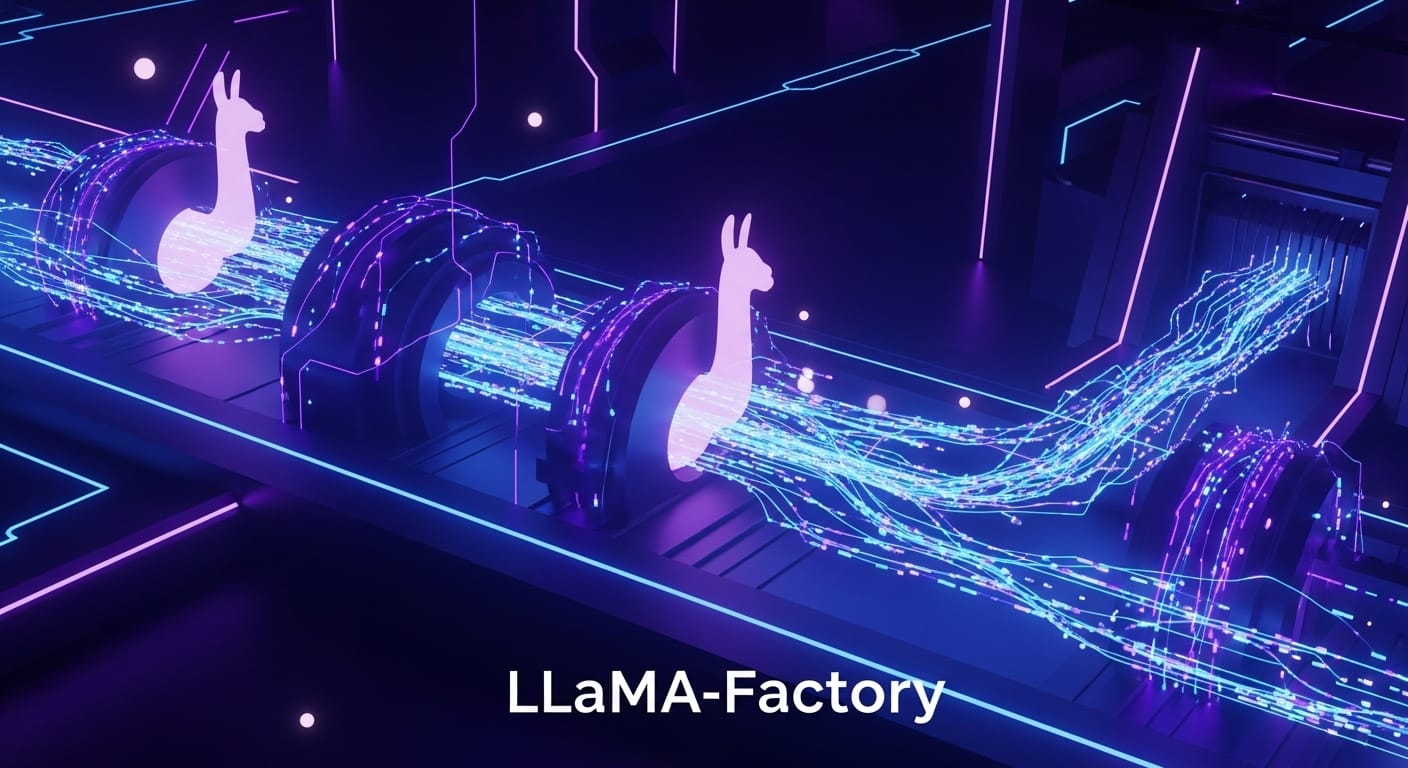Key Takeaways
- DocsGPT is an open-source AI platform that revolutionizes how we interact with documentation, offering reliable, hallucination-free answers.
- It supports a wide array of document formats and integrates with various web and data sources, including URLs, sitemaps, and GitHub.
- Installation is streamlined using Docker and a setup script, providing flexible deployment options from public APIs to local inference.
- Users can ask natural language questions and receive accurate, context-aware responses, enhancing productivity and streamlining information retrieval.
- DocsGPT is highly customizable, allowing users to tailor AI responses and integrate with external tools and APIs for dynamic actions.
Introduction: Say Goodbye to Documentation Headaches with DocsGPT!
Have you ever found yourself drowning in a sea of documentation, desperately searching for that one crucial piece of information? We’ve all been there! Endless scrolling, keyword hunting, and often, still no clear answer. What if I told you there’s an open-source AI tool designed to make this process not just bearable, but actually enjoyable and efficient?
Enter DocsGPT, an innovative open-source AI platform that’s changing the game for how we interact with our documentation and knowledge bases. DocsGPT allows you to ask questions in natural language and receive accurate, context-aware responses, leveraging the power of various Large Language Models (LLMs). It’s like having an intelligent assistant dedicated to your project’s knowledge, saving you countless hours and preventing the frustration of sifting through dense manuals. DocsGPT aims to deliver reliable, hallucination-free answers by grounding its responses in your specific documentation.
Ready to dive in and transform your documentation experience? You can find the tool’s source code and contribute to its development on GitHub.
Key Features: What Makes DocsGPT a Game-Changer?
DocsGPT isn’t just another chatbot; it’s a comprehensive platform packed with features designed for robust documentation interaction. Here are some of its most important capabilities:
- Wide Format Support: It can ingest and process information from a vast array of document types, including PDFs, DOCX, CSV, XLSX, EPUB, MD, RST, HTML, MDX, JSON, PPTX, and even images.
- Web & Data Integration: Beyond local files, DocsGPT can pull information from URLs, sitemaps, Reddit, and GitHub repositories, acting as a versatile knowledge aggregator. If you’re interested in how AI tools gather web data, check out our post on Crawl4AI: The Open-Source Web Crawler for LLMs & AI.
- Reliable & Citation-Backed Answers: Say goodbye to AI hallucinations! DocsGPT strives to provide accurate, reliable answers with source citations, allowing you to verify information directly.
- Flexible LLM Deployment: You have the freedom to choose your preferred Large Language Model. DocsGPT works seamlessly with major cloud providers like OpenAI, Google, and Anthropic, and also supports local models such as Ollama and llama_cpp. This flexibility is a core concept we explore in Hugging Face Transformers: A Beginner’s Guide to AI Models.
- Actionable Tooling & Integrations: DocsGPT can connect to APIs, tools, and other services, enabling LLMs to perform actions beyond just answering questions. It also offers pre-built integrations for chat widgets, search tools, Discord, and Telegram bots.
- Secure & Scalable: Designed for enterprise-grade reliability, DocsGPT can be deployed privately and securely, even with Kubernetes support.
- Customizable Prompts: Tailor the AI’s responses to your specific needs by modifying the main prompt, ensuring more accurate and relevant answers for your use case.
How to Install/Set Up DocsGPT: Your Step-by-Step Guide
Getting DocsGPT up and running is surprisingly straightforward, especially if you have Docker installed. We’ll walk you through the quickstart method using the provided setup scripts.
Prerequisites:
- Docker: Ensure you have Docker installed and running on your system. This is crucial for DocsGPT’s deployment.
Installation Steps:
- Clone the DocsGPT Repository:
First, open your terminal or command prompt and clone the DocsGPT GitHub repository to your local machine.
git clone https://github.com/arc53/DocsGPT.git
cd DocsGPT - Run the Setup Script:
DocsGPT provides interactive setup scripts that automate the configuration process.
For macOS and Linux:
./setup.shFor Windows (using PowerShell):
PowerShell -ExecutionPolicy Bypass -File .\setup.ps1These scripts will guide you through several options:
- Use DocsGPT Public API Endpoint (simple and free): This is the quickest way to get started, using DocsGPT’s public API without needing your own API keys or local models.
- Serve Local (with Ollama): Run a Large Language Model locally using Ollama. You’ll be prompted to choose between CPU or GPU and select a model to download.
- Connect Local Inference Engine: If you already have a local inference engine like Llama.cpp running.
- Connect Cloud API Provider: Configure DocsGPT to use a cloud LLM provider (e.g., OpenAI, Google, Anthropic) by providing your API keys.
Choose the option that best suits your needs. The script will automatically configure your
.envfile and handle necessary downloads and installations based on your selection. - Access DocsGPT in Your Browser:
Once the setup is complete and Docker containers are running, open your web browser and navigate to:
http://localhost:5173/You should now see the DocsGPT web application!
- Stopping DocsGPT:
To stop DocsGPT, you can use the Docker Compose down command that will be displayed at the end of the setup script’s execution, or generally:
docker compose down
How to Use DocsGPT: Bringing Your Documentation to Life
Now that DocsGPT is installed, let’s explore how to put it to work. The core idea is to feed it your documentation and then interact with it using natural language.
1. Ingesting Your Documentation
After launching DocsGPT, you’ll find an interface where you can upload your knowledge sources. This could be a single PDF, a collection of Markdown files, or even an entire website via its URL or sitemap.
Imagine you have a complex project with extensive READMEs and technical specifications. You can upload all of them to DocsGPT.

2. Asking Questions and Getting Answers
Once your documents are ingested, you can start asking questions just as you would to a human expert. DocsGPT will analyze your query, search through your provided documentation, and give you a relevant answer, often with citations to the source material.
Example Query:
"How do I configure the database connection for the development environment?"DocsGPT would then provide a step-by-step guide extracted directly from your project’s configuration documentation, referencing the exact files or sections. This is far more efficient than manually searching through dozens of files!
3. Generating Code Examples or Explanations
If your documentation includes code, DocsGPT can even help you understand it or generate relevant snippets.
Example Query:
"Show me a Python example of how to use the 'auth_token' in our API."DocsGPT would then locate and present the relevant Python code snippet from your API documentation, potentially even explaining its usage. This capability is especially beneficial for developers, much like how tools built with LangChain can leverage code for various tasks.
4. Customizing Responses with Prompts
DocsGPT allows you to customize the underlying prompts to guide the AI’s behavior and tone. This means you can make it more formal, more concise, or even instruct it to always include specific types of information.
"You are a helpful technical support agent. Always provide clear, concise steps and link to the relevant section in the documentation."By modifying the prompt, you ensure that DocsGPT’s responses align perfectly with your team’s needs or your brand’s voice.
Conclusion: Unlock the Power of Your Knowledge Base
DocsGPT is a powerful, open-source AI tool that truly transforms how we interact with information. By providing a natural language interface to your documentation, it eliminates the tedious process of manual searching, delivers accurate and reliable answers, and significantly boosts productivity. Whether you’re a student grappling with complex technical papers, a developer navigating intricate codebases, or a company looking to streamline internal knowledge sharing, DocsGPT offers a flexible and secure solution.
Imagine the time saved, the frustration avoided, and the enhanced learning experience when you can simply ask your documentation a question and get an instant, trustworthy answer. We believe tools like DocsGPT are essential for anyone in engineering and information technology, helping us explore new trends and make the most of our projects.
Why not give DocsGPT a try and see how it can revolutionize your interaction with documentation? And while you’re at it, consider joining our Inov8ing Mures Camp. We’re all about fostering a community where students and individuals can learn new trends, network with peers, and showcase their incredible projects – just like DocsGPT helps you showcase your knowledge!



